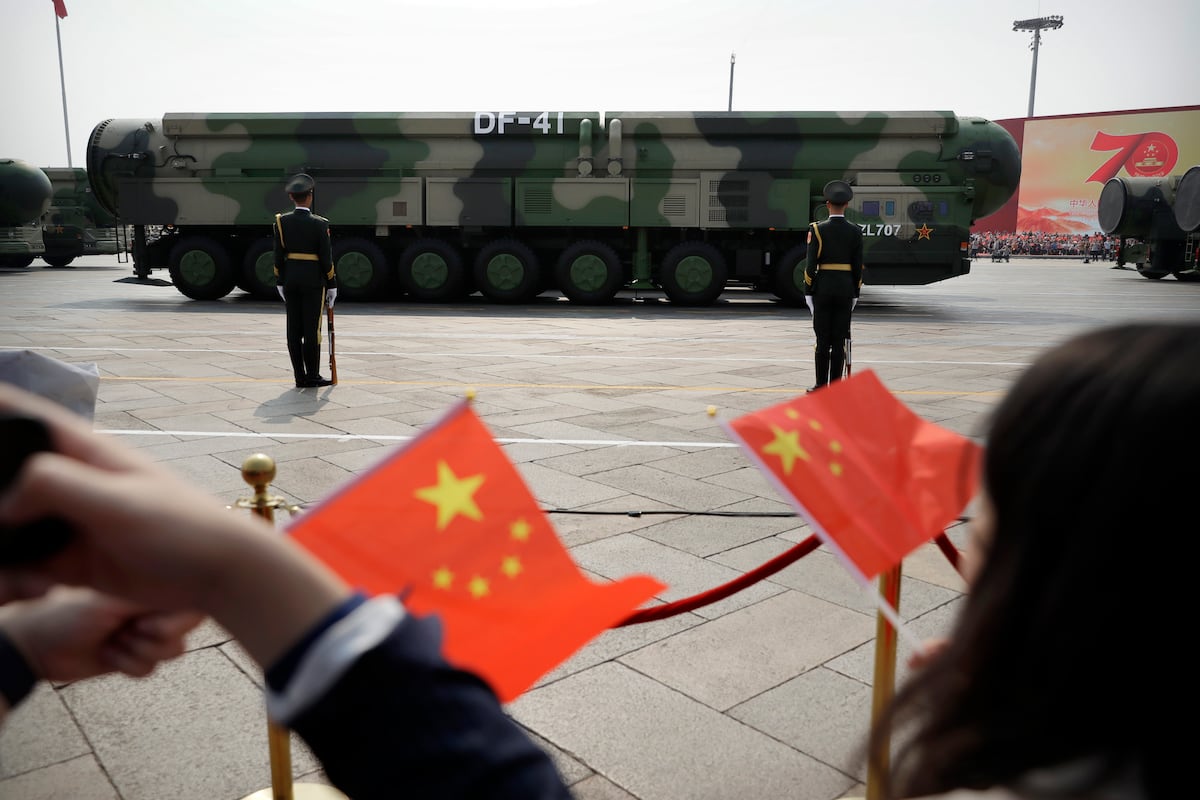Strategic Partnership: Japan’s Frigate Selection for Australia
Japan’s aspirations to export advanced military technologies have faced significant challenges over the years. However, recent developments have positioned the nation favorably within the global defense market following its selection for a substantial Australian frigate procurement valued at approximately $6.5 billion.
A New Chapter in Defense Collaboration
On August 5, Australia confirmed Japan’s inclusion on the shortlist for its ambitious plan to acquire 11 upgraded Mogami-class frigates for the Royal Australian Navy (RAN). In response, Japan’s Ministry of Defense expressed its commendation for the decision, emphasizing the enhancement of security cooperation under the framework of a “Special Strategic Partnership.” This announcement signifies a pivotal evolution in defense ties between the two nations, underscoring mutual interests.
The Competitive Landscape
Japan’s Mogami-class frigate triumphed over formidable contenders, specifically the MEKO A-200 frigate from Germany, following a comprehensive selection process. Australia’s Department of Defense noted that the Mitsubishi Heavy Industries (MHI) platform demonstrated superior capability to meet the operational and strategic requirements of the Australian Defence Force. However, this victory is not yet finalized; negotiations are set to initiate with the intention of formalizing binding contracts with MHI and the Japanese government by 2026.
Key Risks Considerations
While the selection is a positive development, it brings with it a host of complexities:
-
Developmental Uncertainties: The upgraded Mogami-class frigate, as an enhanced iteration of its existing class, is yet to be constructed. Japan’s navy currently operates several Mogami-class vessels, having recently commissioned its eighth at a significant cost.
-
Schedule Constraints: With the first frigate projected to arrive in 2029 and enter service by 2030, there is skepticism regarding Australia’s shipbuilding capabilities. Historically, Australian shipyards have struggled with meeting deadlines, raising the likelihood that more than the anticipated three frigates may need to be produced in Japan.
-
Operational Compatibility: The upgraded Mogami class exhibits limited commonality with the RAN’s existing Anzac class and its forthcoming Hunter class, potentially complicating integration and operational training.
-
Overseas Construction Experience: MHI’s lack of experience in constructing naval vessels outside Japan adds another layer of uncertainty. Previous issues faced by international shipbuilders in Australia, such as Naval Group’s and Luerssen’s challenges, highlight the critical nature of this aspect.
Strategic Importance of Naval Upgrades
Australia’s need for advanced surface combatants is acute, particularly as the Anzac class nears retirement. By next year, the RAN will see its fleet shrink to just nine surface warships—the lowest level since World War II. The government plans to increase its fleet to 26 vessels, yet analysts caution that a significant capability gap may develop in the late 2020s.
The upgraded Mogami-class frigate, with a displacement of 4,800 tons and a length of 466 feet, presents an appealing solution. Key features include:
- Enhanced Armament: A 32-cell vertical launch system, providing double the missile capacity compared to its competitors.
- Longevity: Designed for a service life of 40 years, offering strategic value over time.
- Operational Efficiency: Reduced manpower requirements compared to conventional frigates, enhancing cost-effectiveness.
MHI has highlighted that the decision to select the Mogami-class reflects its reliable performance, technological advancements, multifunctionality, and adaptability for future enhancements.
Future Implications and Strategic Context
Despite the complexities surrounding the program, the Japanese government’s commitment reflects a broader strategic alignment with Australia, viewed as second only to its partnership with the United States. As articulated by Australian Defence Minister Richard Marles, this development signifies a “significant moment” in the bilateral relationship, positioning both nations to counteract regional security threats.
In summary, while the journey toward fulfilling Australia’s frigate requirements presents various challenges, it also offers a distinctive opportunity to strengthen defense ties and modernize naval capabilities for both nations involved. The successful realization of this partnership may well reshape the maritime security dynamics within the Indo-Pacific region.





